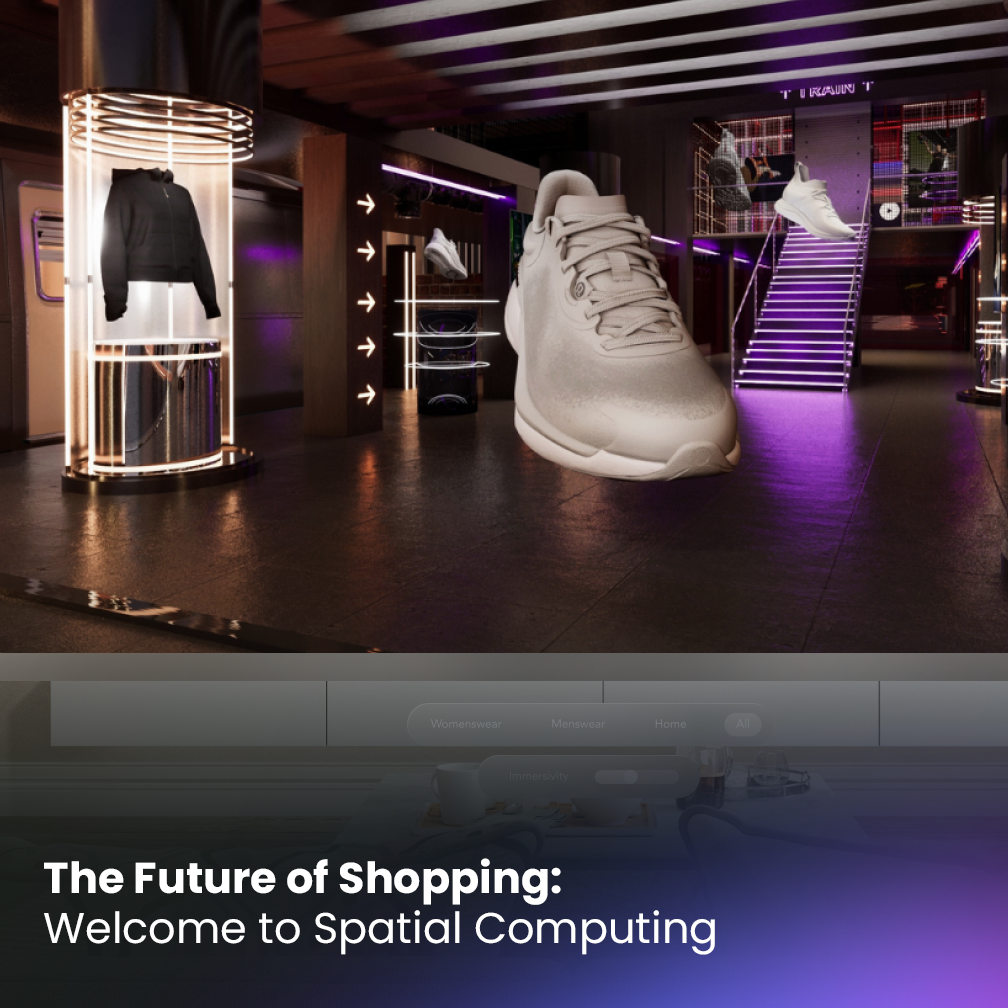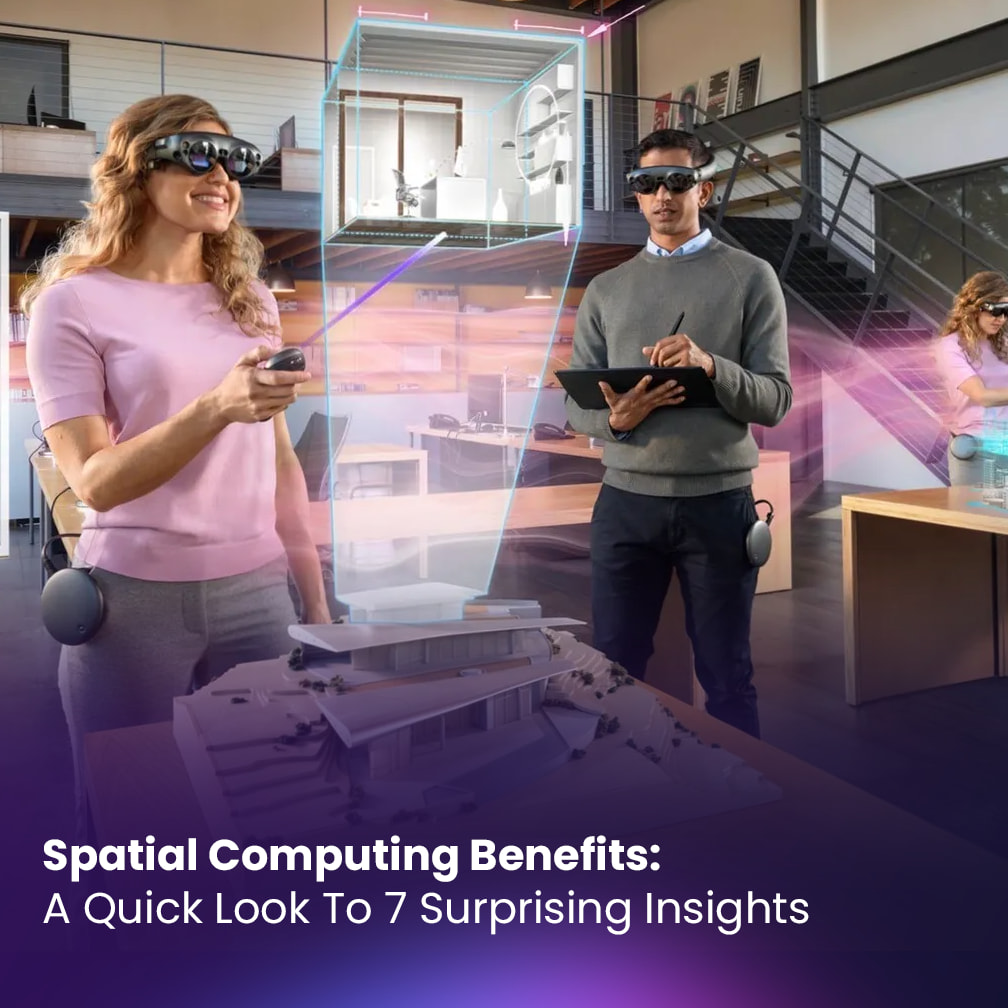The Future of Shopping: Welcome to Spatial Computing

Spatial computing is a rapidly-evolving digital world that will revolutionize the way we interact with online retail. By creating virtual stores, customers can explore products in immersive 3D and see more product details than before. This shift in online shopping has huge potential for both businesses and shoppers alike.
Businesses can engage customers in a more interactive way, creating a unique shopping experience that cannot be replicated traditionally. These stores can be customized to fit any aesthetic, allowing businesses to create an immersive environment tailored specifically for them.
For customers, spatial computing opens access to a world of products they may not have been able to explore otherwise. Product exploration becomes much more enjoyable and engaging with 3D models and interactive features. Shopping is no longer limited by geographic location or time zone – spatial computing stores are always open for business.
Overall, spatial computing has the potential to revolutionize online retail and create an entirely new shopping experience. Businesses can reach out to a wider range of customers, and shoppers can explore products in ways not previously possible. As technology advances, the possibilities are endless.
What is Spatial Computing?
We’ll start by discussing exactly what spatial computing is and how it impacts online retail.
It’s essentially a giant amalgamation of virtual worlds that lets businesses provide customers with an immersive shopping experience. Stores can do this through the use of 3D avatars, realistic graphics and audio, virtual currency, and much more.
By utilizing spatial computing technology, online retailers can bring their physical stores into the digital world. Spatial computing will revolutionize online retail by allowing shoppers to interact with products in ways never before possible.
Instead of viewing images of products, customers can move around within a store and pick up items as if they were physically present.
Moreover, spatial computing also offers new opportunities for marketing campaigns, promotional activities, and customer engagement. Virtual stores can host events such as fashion shows or product launches, giving customers a chance to experience products in an entirely new way.
With spatial computing technology set to become more commonplace in the near future, it’s clear that online retail is headed for a complete transformation.
Benefits for Businesses
Next, we’ll look at the benefits spatial computing offers businesses.
By creating virtual stores in spatial computing, businesses can engage customers more effectively than traditional e-commerce websites allow.
Additionally, spatial computing stores can fit any brand’s aesthetic, allowing businesses to create an immersive environment tailored specifically to them. Moreover, these platforms can provide businesses with powerful analytics on user engagement and purchases to help them understand customer behavior. Finally, virtual stores offer the potential for customers to make purchases faster than ever, making online shopping more efficient.
With features such as customized stores and improved analytics, spatial computing offers an opportunity for businesses to create an engaging shopping experience for their customers.
As it continues to grow in popularity, it will be interesting to see how this technology further transforms online retail.
Benefits for Customers
Finally, we’ll discuss the benefits spatial computing technology offers customers.
Product exploration becomes much more enjoyable and engaging with 3D models and interactive features. spatial computing stores also allow for more personalized experiences, from tailored product recommendations to customizing products in real-time.
Customers can even try on clothing and accessories before they buy, saving them the hassle of shipping returns. This type of immersive retailing is sure to revolutionize online shopping as we know it.
As spatial computing technology gains popularity and advances, retailers are quickly adapting their strategies to keep up with the changing landscape.
Virtual stores offer customers better convenience, usability, and personalization than ever – all at less cost than brick-and-mortar stores.
Conclusion
Overall, spatial computing has the potential to revolutionize online retail and create an entirely new shopping experience. Businesses can reach out to a wider range of customers, and shoppers can explore products in ways not previously possible. As spatial computing technology advances, the possibilities are truly endless.








